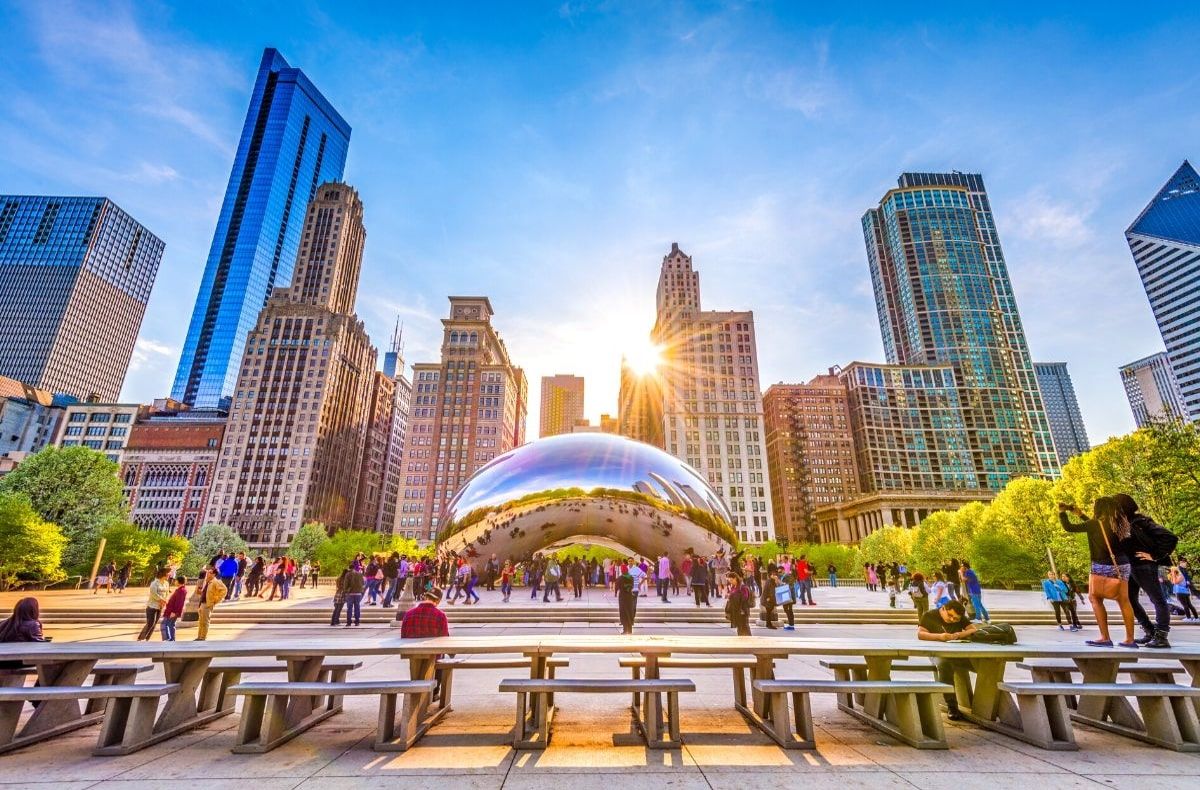
Flash CGM Increases Time in Range for T2D Patients on Noninsulin Therapies Not at Goal HbA1c

ADA 2022: Use of flash continuous glucose monitoring in T2D patients not on insulin also reduced HbA1c and glycemic variability, a new study finds.
People with
IMMEDIATE is a multicenter randomized, 2-phased cross-over study (ClinicalTrials.gov ID:
The primary outcome measure of the first phase was the proportion of time spent within target glucose range (3.9 to 10.0 mmol/L) during the last 2 weeks of the 16-week period. The outcome was assessed by blinded CGM device worn at baseline and at outcome. Among the secondary outcomes of interest were mean HbA1c at end of phase 1, documented episodes of hypoglycemia, and satisfaction with FGM.
A total of 116 participants were enrolled in the study (age 58.4 ± 10.1 years; T2D duration 10.1 ± 6.1 years; HbA1c 8.6 ± 1.1%). There were 82 initial completers of this phase, divided equally 41:41 between FGM plus DSME and DSME alone.
When CGM data were reviewed, TIR was significantly greater in the FGM + DSME arm (76.1 ± 16.9%) compared to the DSME only arm (64.3 ± 23.2%) (p<.01), according to the study abstract.
Similarly, those in the FGM + DSME arm spent significantly less time above range vs the DSME only participants (21.5 ± 17.8% vs. 31.3 ± 25.6%, p=.03) as well as less time below range vs the DSME group (2.3 ± 5.0 vs 3.7 ± 8.7, p=.38). Episodes of hypoglycemia were rare in both arms.
Participants using both FGM and DSME also achieved a greater change in HbA1c compared to those in the DSME arm (-0.9 ± 0.9% vs. -0.5 ± 0.9%, p=.03).
Scores for satisfaction with glucose monitoring improved in the FGM + DSME arm only (0.6 ± 0.5 vs 0.0 ± 0.5, p<.01).
Based on this interim data analysis, FGM users with T2D using noninsulin therapies spent signficnalty greater TIR than those who did not use FGM, had greater reductions in HbA1c, and reported satisfaction with glucose monitoring, the researchers write in the study abstract.
During phase 2, participants initially assigned to receive DSME education alone will crossover and recieve a FGM device while participants initially using the device will continue to use it. There will be no DSME provided during this phase.
Reference: Brown RE, Aronson R.
Newsletter
Enhance your clinical practice with the Patient Care newsletter, offering the latest evidence-based guidelines, diagnostic insights, and treatment strategies for primary care physicians.



